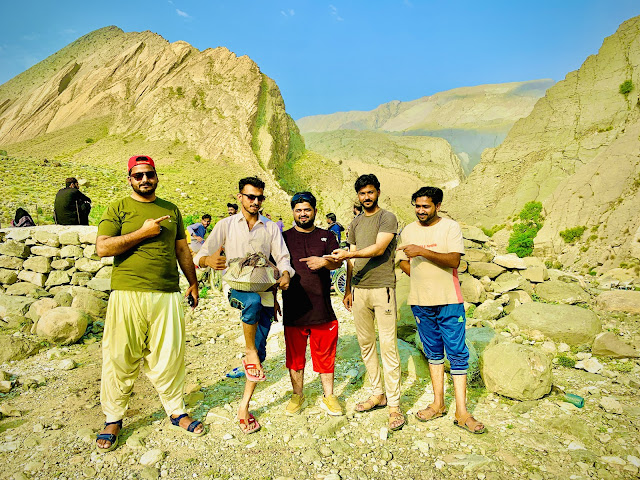Thailand is a dream destination for travelers worldwide, offering stunning beaches, vibrant cities, rich cultural experiences, and delicious food. The best part? You don’t need a fortune to explore Thailand! With smart planning, you can enjoy everything Thailand has to offer without breaking the bank.
How to Visit Thailand on a Budget
1. Plan Your Trip in the Off-Season
Traveling during the low season (April to October) can help you save on flights, accommodations, and activities. During this period, hotels and airlines offer great discounts, and tourist spots are less crowded.
2. Find Cheap Flights
To get the best flight deals, book in advance and use budget airlines like AirAsia, Nok Air, or Thai Lion Air. Websites like Skyscanner and Google Flights can help you find the cheapest options.
3. Budget-Friendly Accommodation
Thailand offers various affordable accommodation options:
-
Hostels & Guesthouses: Dorm beds start from $5 per night, while private rooms cost around $10-$15.
-
Budget Hotels: You can find decent budget hotels for $20-$30 per night.
-
Airbnb & Homestays: Renting an apartment or a homestay can be cheaper if you stay longer.
-
Couchsurfing: Stay with locals for free and experience Thai culture firsthand.
4. Eat Like a Local
Thai street food is both delicious and affordable. Here are some budget-friendly meal options:
-
Pad Thai – $1-$2
-
Green Curry – $2-$3
-
Mango Sticky Rice – $1.50
-
Thai Iced Tea – $1
For cheap food, visit local markets, night markets, and street vendors instead of touristy restaurants.
5. Use Public Transportation
Instead of taxis or private cars, use budget-friendly transport options:
-
BTS Skytrain & MRT (Bangkok) – $0.50-$1.50 per ride
-
Buses & Songthaews (Shared Taxis) – $0.30-$1
-
Tuk-tuks & Motorbike Taxis – Always negotiate fares before hopping in.
-
Trains for Long-Distance Travel – Sleeper trains are a cheap way to travel across Thailand.
6. Free & Low-Cost Activities
There are plenty of affordable attractions in Thailand:
-
Visit free temples like Wat Saket in Bangkok.
-
Relax at public beaches like Railay Beach in Krabi.
-
Explore national parks (entry fees range from $3-$7).
-
Walk around floating markets and night bazaars.
-
Rent a bicycle or scooter for $5-$10 per day to explore local areas.
7. Affordable Island Hopping
Instead of expensive private tours, use budget ferry services and local boats to explore islands like Koh Tao, Koh Lanta, and Koh Chang. You can also find shared boat tours that cost around $20-$30 per trip.
8. Save on SIM Cards & Internet
Buy a local SIM card from providers like AIS, TrueMove, or DTAC. A 30-day data package costs around $10-$15. Free Wi-Fi is available in cafes, hostels, and public places.
How Much Money Do I Need for a Trip to Thailand?
Your budget depends on your travel style:
-
Backpacker Budget ($20-$40 per day)
-
Hostels: $5-$15
-
Street food: $5-$10
-
Local transport: $2-$5
-
Activities: $5-$10
-
-
Mid-Range Budget ($50-$100 per day)
-
Budget hotels: $20-$40
-
Restaurants: $10-$20
-
Transport & tours: $10-$30
-
Attractions: $10-$20
-
-
Luxury Budget ($150+ per day)
-
Resorts & villas: $80+
-
Fine dining: $30+
-
Private transport: $20+
-
Exclusive tours: $50+
-
Final Tips
-
Use apps like Grab for cheap rides.
-
Avoid tourist traps and overpriced tours.
-
Carry cash, as small vendors may not accept cards.
-
Respect local customs and dress appropriately at temples.
With careful planning, Thailand can be an affordable paradise. Whether you're backpacking or traveling comfortably, this guide will help you make the most of your budget. Happy travels!









